“I wanted to be the first to view a country on which the eyes of a white man had never gazed and to follow the course of rivers that run through a new land.” – Jedidiah Smith
These grizzled, self-sufficient woodsmen helped blaze many of the overland trails later used by the pioneers, and stories of their larger-than-life exploits often became the stuff of legend back East. Find out more about the lives of six adventurers who made their mark on the American frontier.
John Colter
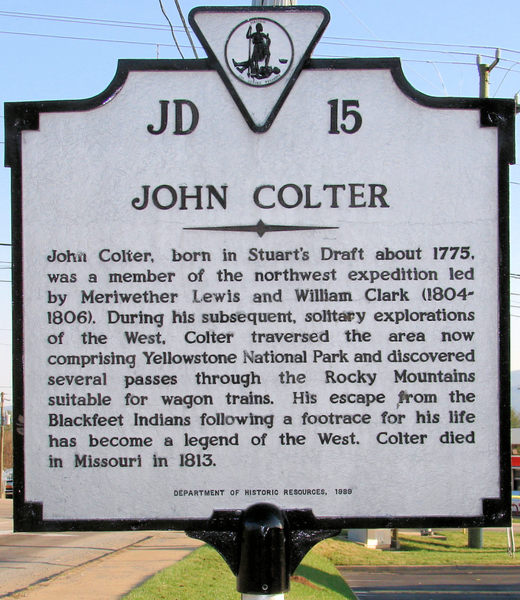
An American trapper and guide, Colter was born in Augusta County, Virginia about 1774. He was recruited by Captain Lewis in 1803 as a permanent member of the expedition to the Pacific Ocean and back – as part of Lewis and Clark’s famed Corps of Discovery. When the explorers were on their way back to Missouri, Colter wasn’t feeling ready “to get back to civilization” and luckily for him, the group was met by two trappers – Forest Hancock and Joseph Dickson who were headed to the Yellowstone River.
So, Colter joined them and became the first known person of European descent who have laid eyes on the region which later became Yellowstone National Park and Teton Mountain Range. He also saw part of the thermal wonders of Yellowstone and through the tales, he told it would come to be called “Colter’s Hell.”
Colter was once wounded while fighting alongside Crow and Flathead tribesmen, but the most legendary chapter in his career came in 1809 when he and his partner were attacked by Blackfeet Indians while trapping near Three Forks, Montana. After they killed his partner, they set Colter free and told him to run.
Realizing that he is part of the game “human hunt” Colter ran and after two miles he turned around and killed one of the Indians. He stole his blanket and continued to run until he came to a river. By hiding in the river under a pile of logs, Colter was able to evade his pursuers. He walked the 200 miles back to Fort Raymond with only a blanket for warmth and bark and roots to eat. After eleven days, he stumbled into the stockade, more dead than alive.
And he would go on to participate in more trapping missions—and have even more run-ins with the Blackfeet—before finally retiring to a Missouri farm in 1810.
Jim Bridger
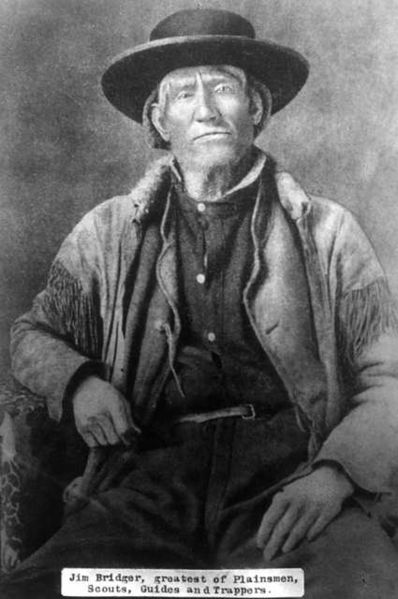
James Bridger was one of the greatest frontiersmen of Utah and American history. During his lifetime he was a hunter, trapper, trader, Indian fighter, and guide, and one of only a few trappers to remain in the Rockies after the demise of the fur trade. When the Ashley-Henry fur trading company advertised for “enterprising young men” to travel the Missouri River to trade with the Indians, Bridger, 18 at the time, was among the first to respond, and he was hired in 1822.
One particular discovery early on in Bridger’s career brought him lasting celebrity. To settle a bet in the winter camp of his trapping party of 1824, Bridger set out to find the exact course of the Bear River from the Cache Valley. He returned and reported that it emptied into a vast lake of salt water. The men were convinced he had found an arm of the Pacific Ocean. In reality, he was the first white man to view The Great Salt Lake.
For several years Bridger worked as an independent trapper and in 1830 he joined with three partners to gain control of the Rocky Mountain Fur Company. Bridger never really enjoyed the life of the businessman, though, and he sold out in 1834.
In his 45-year career, he discovered new routes across the frontier, survived an arrow wound to the back, married three different Indian wives and found a trading fort on the Oregon Trail. James Bridger died on a Missouri farm in 1881 at the age of 77.
Kit Carson
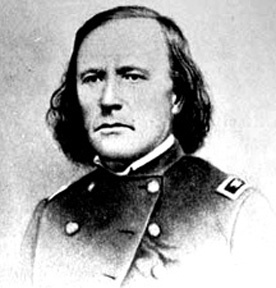
Enshrined in popular mythology even in his own lifetime, Kit Carson was a trapper, scout, Indian agent, soldier and authentic legend of the West.
Born in 1809 in Kentucky Carson was the man who went from Santa Fe to Taos on the north, where he worked as a cook, errand boy, and harness repairman. When he was 19, he was hired for a fur trapping expedition to California, where, in spite of his small stature (he never exceeded 5 and a half feet) he soon proved himself able and courageous.
In 1842, his skills caught the attention of explorer John C. Frémont, who enlisted him as a guide for a mission to map the American West. The pair eventually teamed up on three epic excursions across the Rocky Mountains, California, and Oregon.
His service with Fremont, celebrated in Fremont’s widely-read reports of his expeditions, quickly made Kit Carson a national hero, presented in popular fiction as a rugged mountain man capable of superhuman feats. The illiterate Carson served as a guide for Fremont’s 1842 western mapping expedition along the Oregon Trail and guided Fremont’s 1843 exploration of the Great Salt Lake and the Sierra Nevada.
Even though he served as federal Indian agent for northern New Mexico, primarily working with the Utes and the Jicarilla Apaches since 1853, with the outbreak of the Civil War in 1861, Carson joined the First New Mexico Volunteer Infantry Regiment led campaigns against some of the Native American tribes in the region. He served as a colonel and fought in support of the Union cause.
Carson died at the age of 58 in 1868, in the presence of Dr. Tilton and his friend Thomas Boggs. His last words were “Goodbye, friends. Adios, compadres“.
Jedidiah Smith
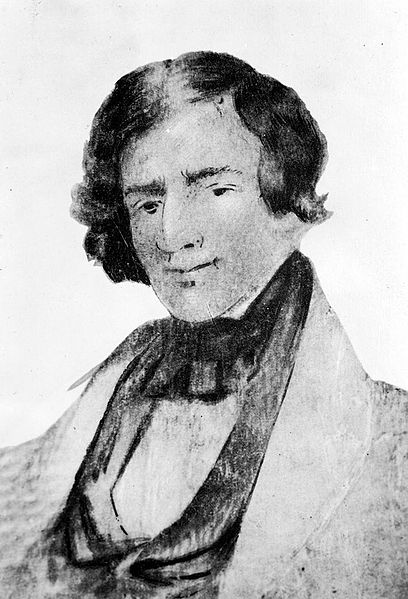
“I wanted to be the first to view a country on which the eyes of a white man had never gazed and to follow the course of rivers that run through a new land.” – Jedidiah Smith
Born in 1799, Jedediah Strong Smith was a clerk, frontiersman, hunter, trapper, author, cartographer, and explorer of the Rocky Mountains, the North American West, and the Southwest during the early 19th century. He developed his thirst for adventure by reading the journals of Lewis and Clark as a boy, and he later followed in their footsteps during a legendary career as a trapper and explorer. At the age of 22, Jedediah Smith signed on with the expedition of General William Ashley to travel to the Upper Missouri and trap beaver.
A year later, he led another of Ashley’s groups deep into the central Rockies where he rediscovered the forgotten South Pass, the key to the settlement of Oregon and California.
Smith went on to explore huge swaths of the West as the owner of his own fur trading company. He traversed the Mojave Desert into Southern California in 1826, and later became the first explorer to journey the Pacific coastline from California into Oregon. Jedediah Smith Redwoods State Park was named after him, who in the 1820s became the first white man to explore the interior of northern California.
In 1823 Jedediah was stalked and attacked by a large grizzly bear. The huge bear tackled Smith to the ground and broke his ribs. Members of his party witnessed him fight the bear, which ripped open his side with its claws and took his head in its mouth. The bear suddenly retreated, and the men ran to help Smith. They found his scalp and ear nearly ripped off, but he convinced a friend, to sew it loosely back on, giving him directions. He wore his hair long for the rest of his life to cover the scars.
While looking for water on the Santa Fe Trail in 1831, Jedediah was killed by Comanche warriors when he was only 32 years old.
James Beckwourth
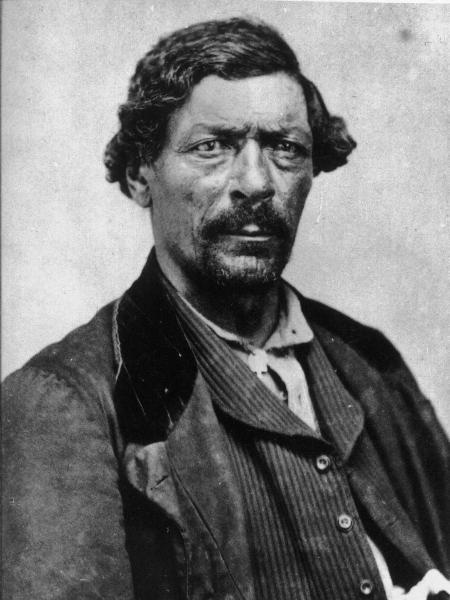
If any man of any color attained the ranks of legendary in the American West, it was James Beckwourth (also Beckwith). A mulatto born into slavery in 1805, in Virginia, he was freed by his father (and master) and apprenticed to a blacksmith; later he moved to the American West.
In 1824, he joined William Ashley’s third and most arduous fur-trapping expedition to the Rocky Mountains. Beckwourth received a crash course in the dangers of mountain life, just barely managing to avoid death by freezing, starvation, and Indian attacks. Despite the risks, Beckwourth enjoyed being a mountain man, and he spent the next several years as a free trapper.
Beckwourth claimed to have been captured by Crow Indians in 1825 while trapping in the border county between the territories of Crow, Cheyenne, and Blackfoot. According to his account, he was mistaken for the lost son of a Crow chief, so they admitted him to the nation.
When he left the Crows, he trapped in Utah and eventually moved into Wyoming where he may have helped explore Wyoming’s South Pass.
By 1837 Beckwourth decided to go to Florida to participate in the Seminole War (1837-38). When he returned to the west, he headed for Colorado. He and some partners established El Pueblo along the Arkansas River, now the site of Pueblo Colorado. In 1850 he discovered a new route through the Sierra Nevada Mountains and this crossing, known as Beckwourth Pass, later became a popular route for prospectors headed to the gold fields of California.
Joseph Walker
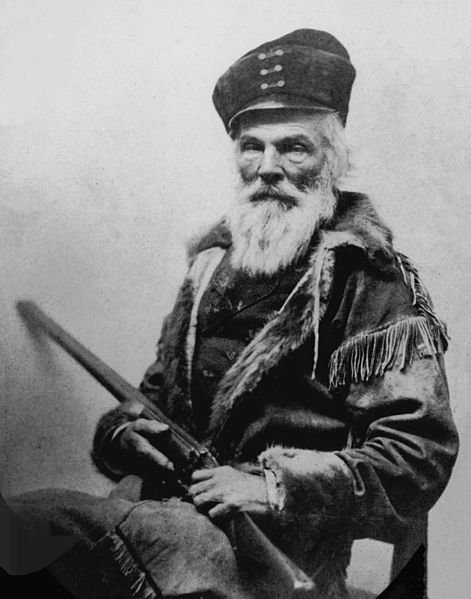
Born in 1798, Joseph R. Walker was a mountain man and experienced scout. He established the segment of the California Trail, the primary route for the emigrants to the gold fields during the California gold rush, from Fort Hall, Idaho to the Truckee River. The Walker River and Walker Lake in Nevada were named for him by John C. Fremont.
Although he had little formal education, Walker was an exceptionally intelligent explorer and leader, possessing an extraordinary ability to read and remember the geography and topography of uncharted regions. When he was 20 years old, Walker joined an illegal hunting and trapping expedition into the Mexican-controlled territory in the southern Rocky Mountains.
Arrested by the Mexican authorities, Walker served a brief prison term in Santa Fe but then turned the situation to his favor by helping the Mexicans in their war against Pawnee raiders, earning rare trading privileges as a reward.
While working for Bonneville in 1833, Walker led an expedition that bushwhacked its way from Wyoming to California across the Sierra Nevada. His party was forced to eat their horses just to survive, but after exiting the mountains they became the first white men to encounter giant sequoia trees and the wonders of the Yosemite Valley. It was a sight Walker would never forget. He even had the words “Camped at Yosemite” inscribed on his tombstone.
